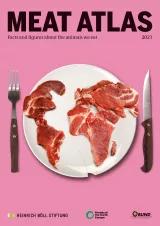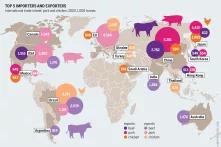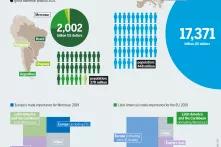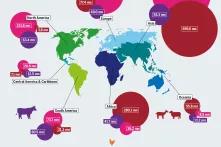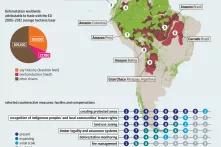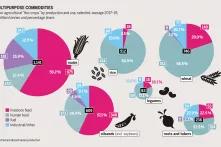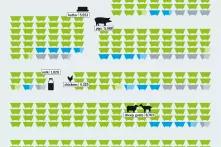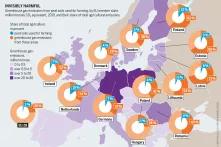Atlas
Meat Atlas 2021
Facts and figures about the animals we eat
Deutsche Version | Wersja polska | En español | Magyar változat
3 facts about meat
Meat Atlas 2021 - Fact 1 on working conditions in the meat industry - Heinrich-Böll-Stiftung European Union
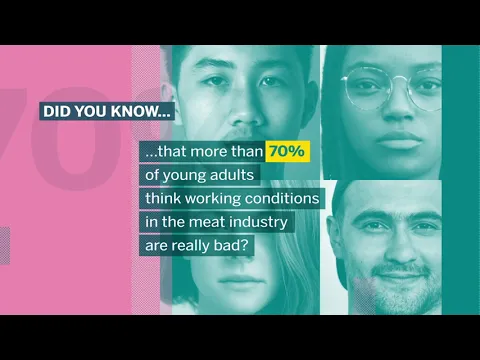 Watch on YouTube
Watch on YouTube
Fact 1 on working conditions in the meat industry
Meat Atlas 2021: Fact 2 on emissions from the meat and dairy industry - Heinrich-Böll-Stiftung European Union
 Watch on YouTube
Watch on YouTube
Fact 2 on emissions from the meat and dairy industry
Meat Atlas 2021: Fact 3 on meat consumption in Germany - Heinrich-Böll-Stiftung European Union
 Watch on YouTube
Watch on YouTube
Fact 3 on meat consumption in Germany
#MeatAtlas launch 8 September 2021
Launch of the Meat Atlas 2021: Facts and figures about the animals we eat - Heinrich-Böll-Stiftung European Union
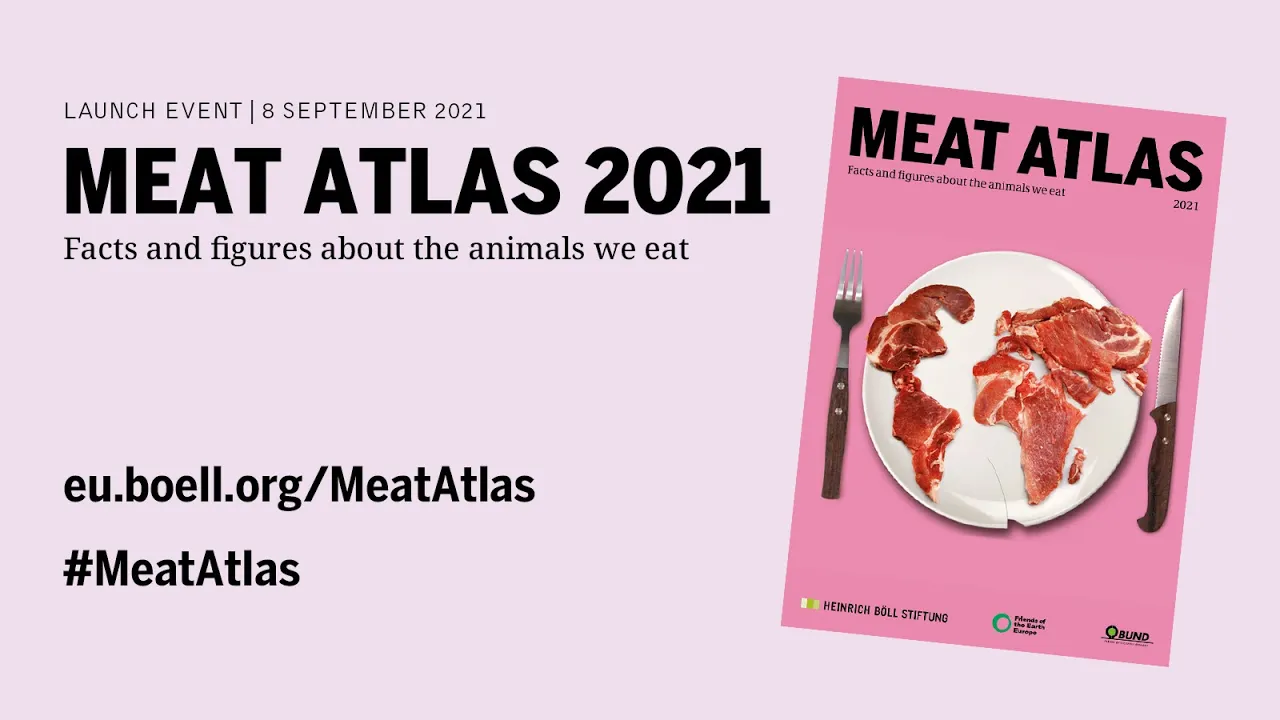 Watch on YouTube
Watch on YouTube
Atlas-Launch (Deutsch) | Meat Atlas 2021: Facts and figures about the animals we eat - Heinrich-Böll-Stiftung European Union
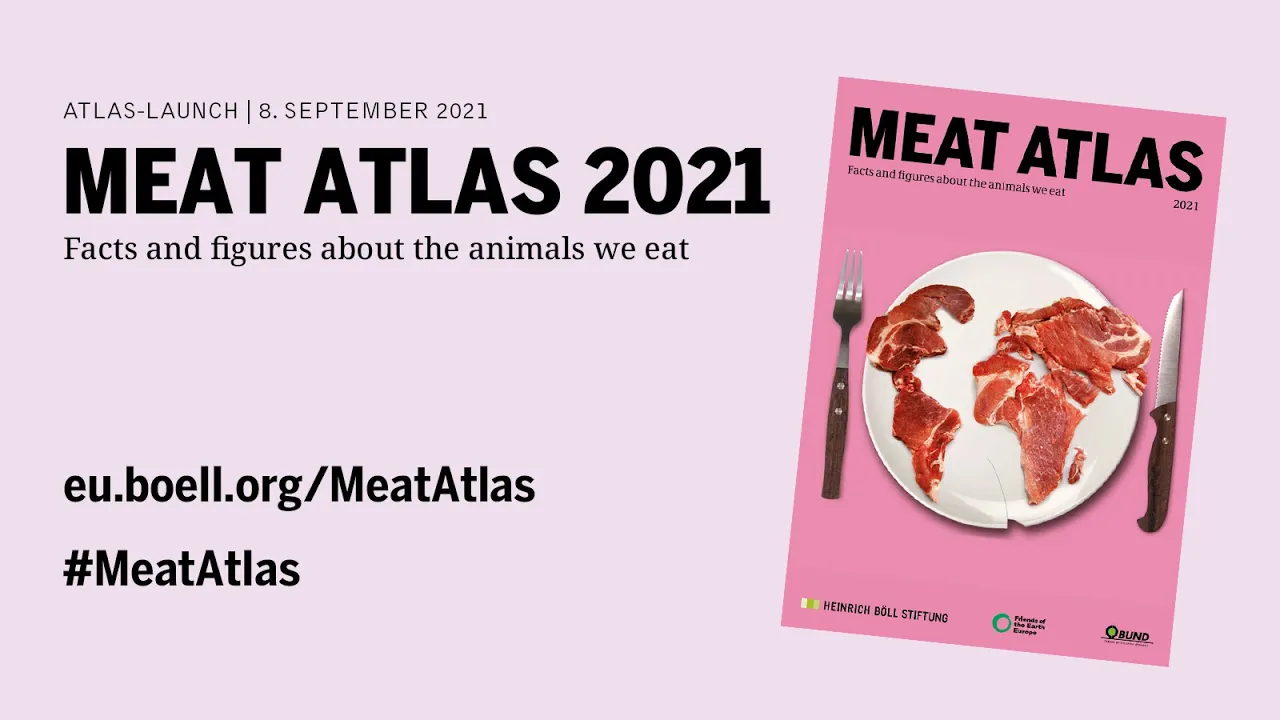 Watch on YouTube
Watch on YouTube
In cooperation with
